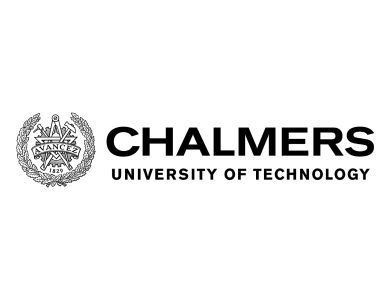Chalmers tekniska hoegskola (Chalmers University of Technology) was founded in 1829 and was transformed into an independent foundation in 1994. Chalmers has developed leading research in the areas of life sciences, materials science, information technology, micro-and nanotechnology, environmental sciences and energy. Some 13 900 people, including 3258 employees (2955 FTEs), work and study in Chalmers’ 13 departments. The university offers PhD and Licentiate programmes as well as MScEng, MArch, BEng and nautical programmes. There are 9502 students (FTE) in programmes leading to 1 335 Master’s degrees annually and 1 111 students are involved in doctoral programs. Chalmers has an extensive track record of engaging in EU funded research projects. In the Framework Programmes for Research and Innovation, Chalmers has participated in over 750 projects.
The Division of Electric Power Engineering (EPE) at Chalmers has 2 research units: (1) Electrical Machines and Power Electronics; (2) Power Grid and Components. Today the division has 6 professors, 8 associate professors, 15 senior researchers and engineers, and 35 PhD students. The division holds a master program (Electric power engineering) and provides 12 courses for master programs. The division has wide and close collaboration with power grid industry and automotive industry. In addition, it hosts 2 national centers: Swedish Wind Power Technology Center (SWPTC), www.chalmers.se/SWPTC and Swedish Electromobility Centre (SEC), emobilitycentre.se.
The Chemical Engineering division at Chalmers has worked extensively with heterogeneous catalysis for removing pollutants from vehicles as well as alternative fuel production. Prof. Louise Olsson and Prof. Derek Creaser currently lead a research group of 20 persons. A combination of catalyst synthesis, catalyst characterization, activity measurements and kinetic modelling is conducted. The research includes both fundamental studies, as well as applied research with industry.

Located in Goeteborg, Zweden
Visit the Website
Chalmers University of Technology tasks lie with relating to developing a kinetic model that should describe passive NOx absorbers (PNA) used to reduce the NOx emissions at low temperature. This will be done by combining experiments, detailed catalyst characterization and kinetic modelling. Additionally, Chalmers part will focus on designing a new electric motor and thereafter procure and test this electric motor. Also part of the task is to develop the inverter and control system, Chalmers provides inverter system and control system developed in house.